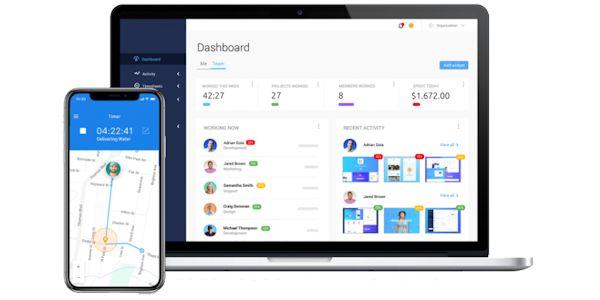
REAL-TIME INTELLIGENCE
Monitor critical data via custom dashboards, set threshold triggers for instant SMS notifications, and use Voice AI to respond.
CONVENTIONAL
 INFORMATION MANAGEMENT
INFORMATION MANAGEMENT
Manual reporting is slow to receive and out-dated by the time you do.

WHAT WE SEE
Every business function analyzes different sets of data to make course corrections as necessary. The more we can access and organize into usable bits of information, the better our steering decisions will be. Databases, built into the management software we use, store the most common metrics, but reporting capabilities are usually limited to canned options. We then turn to third-party applications (additional software) to create customized reports and schedule distribution to the analysts for a more polished SitRep. It’s all mostly out-dated by the time we see it, but blurry is better than blind.
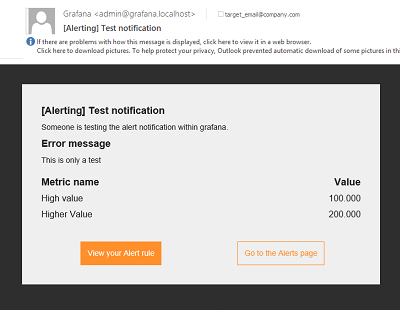
NEED TO KNOW
For critical data, we can set up generic threshold logs that trigger conditional alerts. (If [x criteria] occurs, create a log entry in the database and send me a text or email summary) We would use event notifications to manage technical resources or perhaps to inform us of a stock drop, inventory shortage, or warn a supervisor about unauthorized access to a specific file. Configuring our software and servers to notify us of particular concerns, proactively gives us the leverage to respond in a more timely manner.

PUTTING OUT FIRES
What would we be doing with our day if we weren’t always putting out fires? Tech issues and scheduling conflicts; short-staffed and past the deadline; over budget and under the gun. It’s exhilarating and its why we come to work, isn’t it? We can’t maintain the machine if we don’t pay attention to all its moving parts, and when one starts to smoke, we’ll be ready to act. Sure, an occasional setback catches us off guard and does a bit of damage, but it only happens once in a while, and we recover.
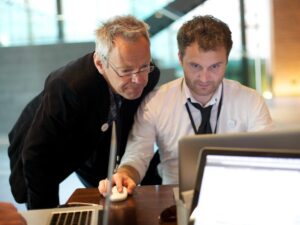
MICRO-MANAGING PRODUCTIVITY
We only have to walk around the office to get a glimpse of the day’s productivity. We can see the number crunchers crunching, the creatives designing, the techies fixing, and customer service talking on the phone. Still, without standing over their shoulders, we have to assume it’s all in the company’s best interest, and that’s the point of all those meetings. For our staff to stop what their doing to show us their progress.
DYNAMIC
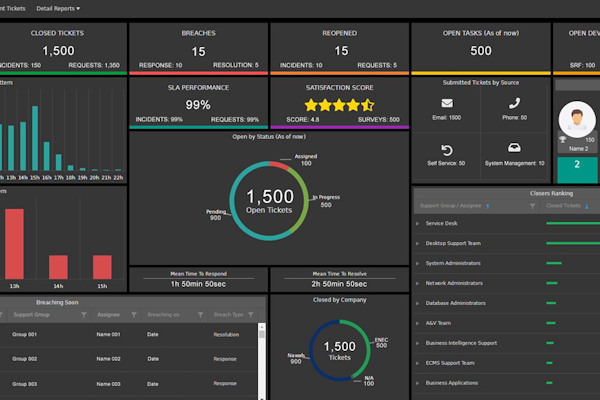
BUSINESS INTELLIGENCE
Instant access and automated analytics to advance, adapt or adjust on the fly.
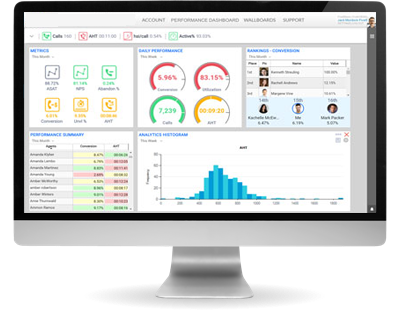
REAL-TIME MONITORING
Today’s most successful companies empower their managers with finely tuned, digital dashboards to monitor the specific stats that matter, in real-time. We can also use cloud-based accountability tools to track our employee’s time, location, expenses, productivity, performance, and more both instantly and trending over any time range. Whether a ten thousand foot overview of our entire organization or specific details about a project, task, team, or individual employee, we can see more clearly from our phones, tablets, and computers (anywhere in the world) than we ever could walking the halls.

REAL-TIME ALERTS
One of the most convenient features of these cloud-based, real-time monitoring tools is their ability to send us notifications about any specific data set their tracking. Instead of being glued to a screen all day, we can do other things until an event requiring our attention triggers an alert, or a point of interest tickles our fancy. We can also prioritize our pages to email hourly, daily, or weekly summaries, text threshold warnings, and failure alerts, or even auto-call a select group of people until someone answers. This mechanism allows us to confidently go about our business or take some flex-time with the family, confident that we won’t miss a minute of the action.
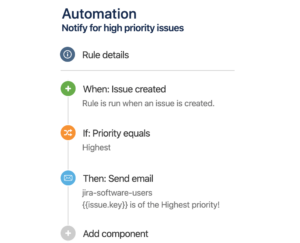
REAL-TIME RESPONSE
Getting instant notifications about everything we need to know is only as helpful as our ability to respond in kind. A decision still has to be made, and something still needs to be done. But how many problems will we face in the future that we already know how to solve today? Thankfully, we can now automate many of our responses. In the same timeframe as it took to send the alert, we can do whatever is necessary to deal with it, yet without lifting a finger. Using any number of cloud automation services, we can easily configure conditional cause and effect applets to do just about anything. If [x criteria] occurs, do [task y then task z] and notify me of the situation once handled.
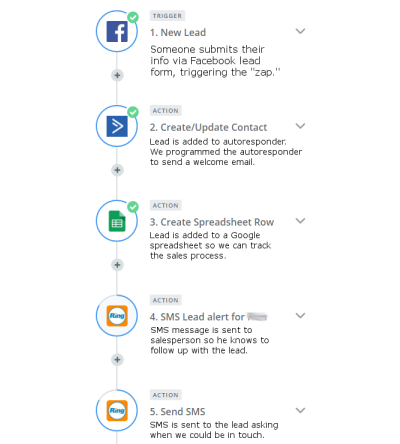
OFFICE EVOLUTION
Let’s face it; a well-trained monkey (or robot) could do a lot of our job. Sure, our personality, experience, and creativity earned us the position, but so much of what we do is routine tedium. However, if we apply the same workflow automation that responds to time-sensitive trouble alerts to doing all of the mundane tasks that take up a large percentage of our work-day, how better would our effectiveness be? What more could we accomplish?
“God said, ‘Let us make man (male and female) in our image, after our likeness: and let them have dominion – over all the earth.'”
~ Genesis 1:26 ~
Our relevance to the role becomes more critical than ever because we move from monkey to master of our micro-universe.
HOW DOES THIS WORK?
Real-Time Intelligence can give our business a significant edge over the competition by helping us continually fine-tune our staff’s efficiency and our projects’ effectiveness. Instant access to information and the ability to recalibrate in-the-moment, will exponentially increase our momentum. My involvement, to assist in the success of your mission, would be through:
PHASE 1: PREPARATION
- Learning the future goals and foreseeable challenges of your mission
- Reviewing the general patterns and processes of departmental workflows
- Assessing the requirements and capabilities of your technical infrastructure
- Surveying the internal culture and external ecosystem of your institution
PHASE 2: PRESENTATION
- Reporting our analysis and interpretation to verify overall comprehension
- Qualifying our knowledge and experience relative to your scope of expectation
- Researching the best cloud products and services to align with objectives
- Proposing a cooperative solutions blueprint with phased milestones and deadlines
PHASE 3: PRODUCTION
- Screening potential outsourced partners and SaaS platforms
- Mediating vendor relationships to maximize efficiency and ongoing support
- Facilitating productive virtual meetings and collaborative brainstorming sessions
- Managing the progress and accountability of internal and external teams
PHASE 4: PROPAGATION
- Administrating solutions implementation and employee transition
- Establishing policy addendums and revised procedural documentation
- Mentoring principle staff on how to utilize new tools and systems effectively
- Evaluating results and making potential next-step recommendations



